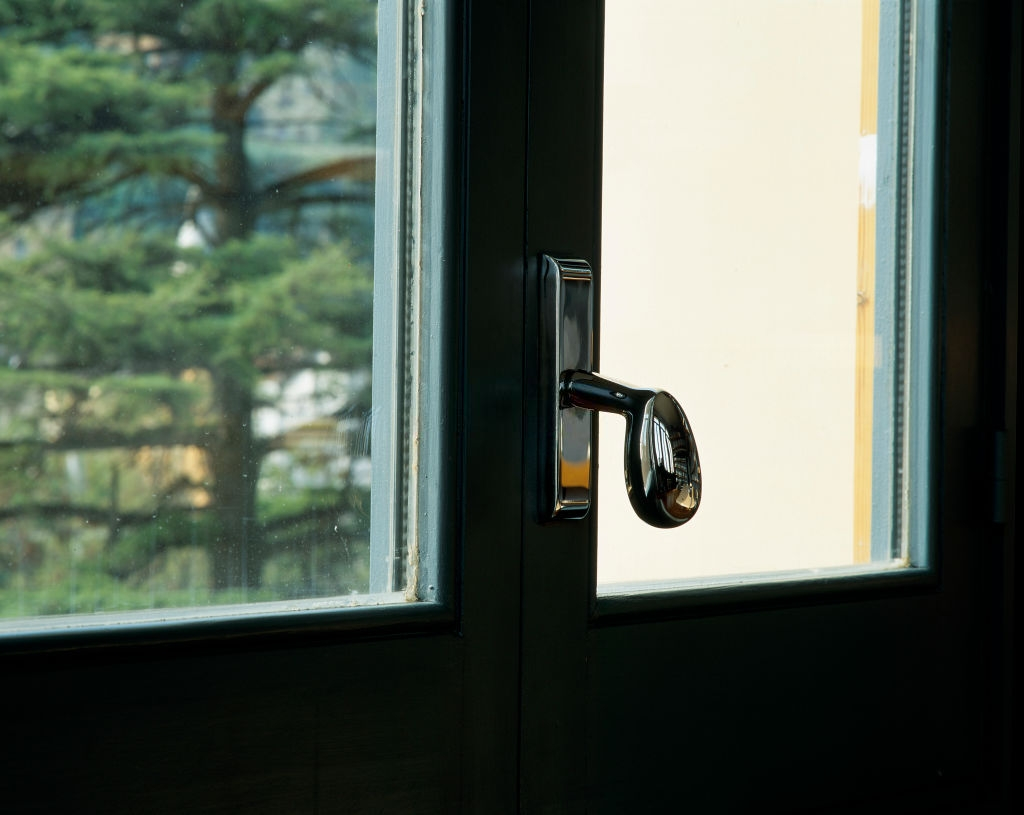Doorknob repair steps highly depend on the type of damages experienced with the knob. The following door knob problems have been discussed with repair steps. Or maybe you simply want to delegate repairs so as not to waste time on this, in which case Door Helper will help you.

Latch issues
Latch issues may arise as a result of door lock misalignment or due to bad weather that causes the strike plate and latch to shrink and fail to catch. The problem can be remedied by tightening the door hinges door screws and adjusting the strike plate by loosening the screws while lifting it slightly. Once you establish that the strike plate is the problem, you can engage a trained locksmith to replace the plate using an adjustable door strike in order to resolve the misalignment issue completely or exterior door repair.
Loose knob
Because doorknobs are used more regularly while opening and closing the door, they constantly get loose. Loose knobs should be tightened depending on the type of knob in use. Generally, the knob can be tightened through the three steps outlined below:
- Using a screwdriver, loosen the setscrew on the shank of the knob
- Turn the loose knob clockwise while holding the knob on the opposite side of the door until it fits. Once the knob fits perfectly, tighten the screws until you feel it resting against the flat side of the spindle. Make sure the knob turns freely during this process.
- If the problem continues after trying the process above, remove the knob and check the spindles for any issues. If the spindle is worn, replace it with a new one. If the whole lockset is damaged, it is advisable to replace the entire lock mechanism or engage a locksmith to help you do a professional door lock repair or door hinges repair.
Frozen knob
In very cold winters, moisture may get frozen inside the door locks making the locks difficult to operate or fiberglass door repair. This happens more frequently to the exterior locks. However, these problems can be easily resolved without having to replace the whole lock mechanism. Some graphite can be squeezed into the keyhole and operating the lock a few times in order to work the graphite into the mechanism. Lock de-icers can also be used to open up the locks and free then of the frozen moisture. These remedies should be tried at the very first stages before thinking about doing a replacement.
Turning lock cylinder
If the entire lock cylinder turns, it is clear that the setscrews have fallen or the cylinder is snapped. In order to resolve this problem, the setscrews are readjusted or replaced. If the problem persists, the whole lock cylinder should be removed and inspected for any issues. If the problem goes on even after the cylinder is replaced, replace the case.
Broken key
When a key sticks in the door lock or commercial door repair and you try to force it out, it may break into the cylinder. If this happens, you can use needle-nose pliers to grip and pull the key conventionally out. If this fails to work, remove the cylinder and try to hook and drag the key portion using a coping saw blade. You can take it to the locksmith for better service or replace the cylinder.

